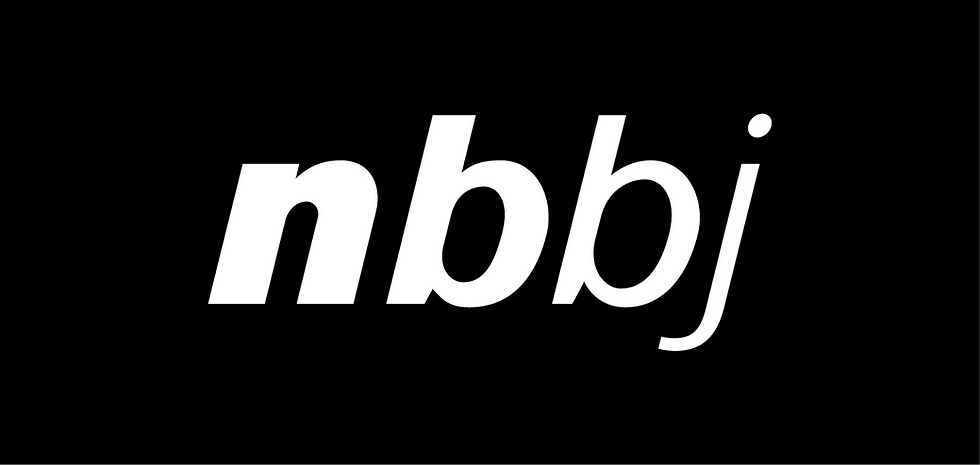
When I started working at NBBJ I was surprised to hear grumblings from talented medical planners and designers who felt the user group process was tedious and did not always provide the big results to them individually. This was partly because many organizations had similar needs, similar constraints, and wanted to try similar designs based on similar healthcare flows for in-patient and ambulatory settings. Another reason was that many of the healthcare leaders who contribute to the concept design are not always the leaders who lead the staff into the new space leading to conflict and frustration in the design.
As I listened, I realized that the user group process isn’t only about the next innovative design concept but is about managing people through an extended, large-scale change that could be as long as ten years. If this is true what can you do to get yourself ready for the challenge to lead your staff and organization through the process?
Here are seven steps you can take now:
Get clear about the design process: Sadly, it's not as linear a process as it might seem. Ask questions of the designers and medical planners; get clear on what is fluid and when decisions are final. Learn the design terms, which can seem like a foreign language.
Prepare to think outside of today’s challenges: Use today’s challenges to inform your future state not define it. It can seem impossible that you will have enough staff for the process when you can’t hire now or a new care procedure you tried a in the past didn’t work. This is the time to have a do over, taking advantage of the opportunity to start over completely.
Understand your own resistance to the change: It sounds great when you hear you will get to design your own new workspace until the practical reality of budget limits hit you. Will there be downsizing as a result of this change? Will I still be able to get that one piece of equipment that’s critical to my department? Spending the time to work through your own feelings will put you in a better, more positive emotional state to lead your staff through their possible disappointment.
Give yourself permission to take care of yourself: During the design process leaders do not usually get to off-load the day-to-day work, which makes it even harder to take time for yourself. This can lead to burnout, health issues, and the inability to be as present as you might want to be. Taking care of yourself is something to be scheduled just like the design meetings.
Understand your staffs strengths and interests: As a leader you won't be able to do everything and you won't want to. Talk to your staff and understand how they might want to be involved in the process. They will become your change agents and advocate for the process when things get hard. Involving front line staff provides perspectives, opinions, and subject matter expertise that others in the room might not have. You are helping them grow as the leaders of the future who will continue to promote the project as time goes on
Communicate, communicate, and communicate: Create a communication plan for the design process now and keep it going throughout the project. Communicate in multiple ways: Huddles, 1:1s, rounding, a design newsletter; even use wall space but remember to keep it current. I like to think if it seems like too much it is probably not enough. One way to assess this is simply ask the staff; if they don’t know the process is underway it gives you a great place to start. Change is about the people and the more you involve them the better the outcome will be.
Find alternative ways to elicit feedback and listen to your staff: Working in healthcare means people work a variety of shifts and it is hard to involve many people in design events at one time. Think about your team and ways to involve them in the process even if they are not in a design event. It is okay to just listen and not have a response. In fact, I like to start setting that expectation at the beginning and then follow-up with a communication that addresses their questions when I have had time to think about them. It prevents me from getting defensive and puts me in a space to try to understand and ask questions instead of responding.
Here are a few resources on change management to get you started:
· Leading Change - John Kotter
· Switch by Chip and Dan Heath
· Prosci

Comentarios